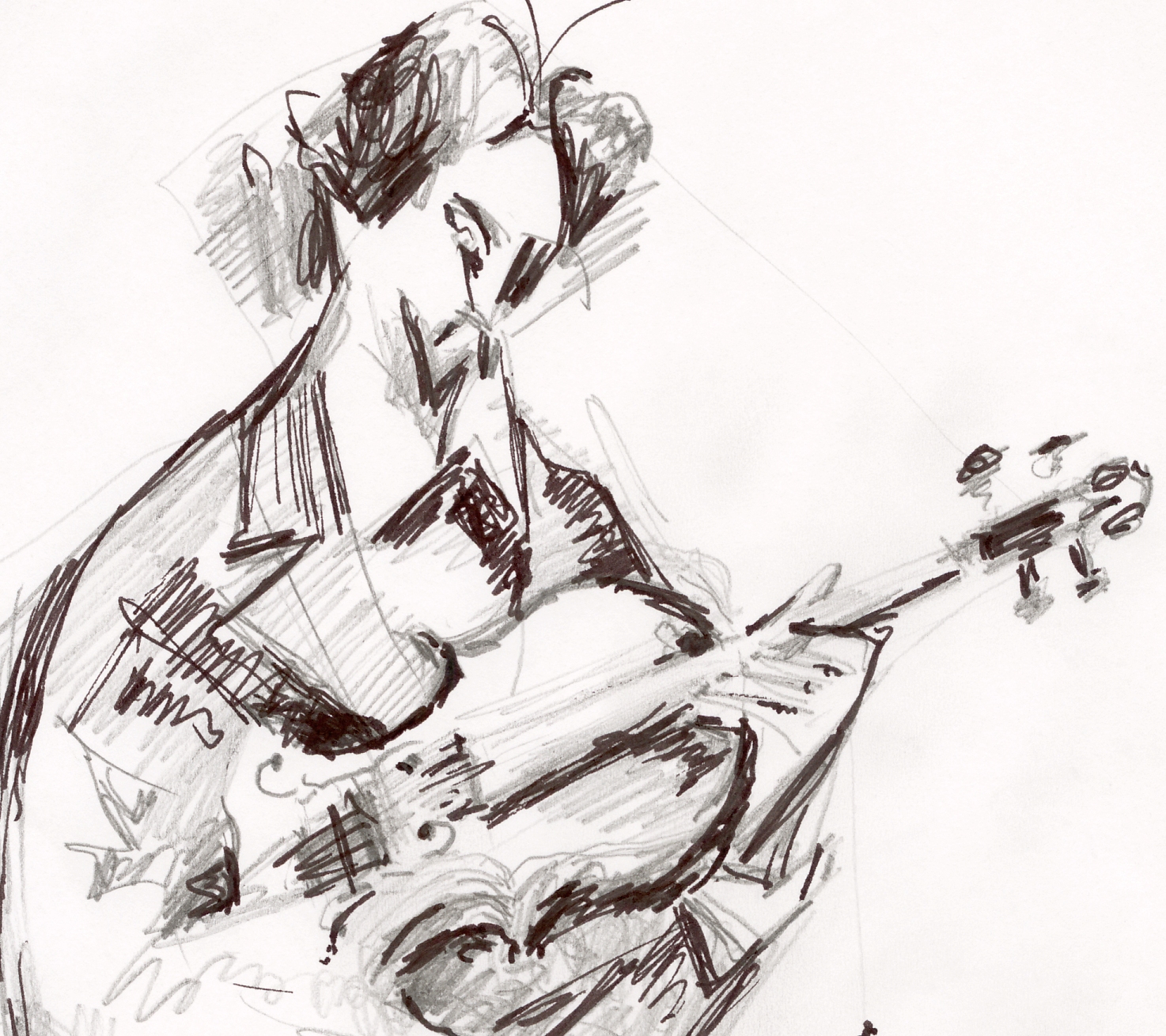3 ways to better jazz improvisations
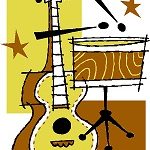 Studying and decoding jazz harmony is part and parcel of our efforts to produce meaningful improvisations. However, being solely concerned and obsessed with the harmonic validity of our notes is a trap to be avoided. Miles Davis said that good playing is 80% attitude while the actual notes we play is 20%. If playing and creating good improvisations is largely a mentality issue then two implications are raised. First, that great music can be made using simple melodic material, and second, that we should always make the most of what we have.
Studying and decoding jazz harmony is part and parcel of our efforts to produce meaningful improvisations. However, being solely concerned and obsessed with the harmonic validity of our notes is a trap to be avoided. Miles Davis said that good playing is 80% attitude while the actual notes we play is 20%. If playing and creating good improvisations is largely a mentality issue then two implications are raised. First, that great music can be made using simple melodic material, and second, that we should always make the most of what we have.
We can boost our playing if we take a few universal principles and their perceptual effects into account and then internally reorganise what we already know and can play. These principles seem to have their place in all fields of human activity and creation. They touch upon the nature of human perception and transmission of information, and can provide some useful answers to the fundamental question: what makes sense to the human ear?
Repetition
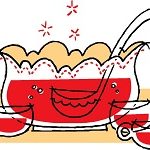 Arnold Schoenberg said that “Intelligibility in music seems to be impossible without repetition”. Repetitiveness seems to be inherent in musical meaning. Circularness in music and its relation to social rituals goes well back in time. Whole musical genres are based on the concept of hypnotic repetition in order to become inviting, arouse emotions and create a transcendent experience. Even the concept of variation in arts presupposes some kind of pattern or repetition.
Arnold Schoenberg said that “Intelligibility in music seems to be impossible without repetition”. Repetitiveness seems to be inherent in musical meaning. Circularness in music and its relation to social rituals goes well back in time. Whole musical genres are based on the concept of hypnotic repetition in order to become inviting, arouse emotions and create a transcendent experience. Even the concept of variation in arts presupposes some kind of pattern or repetition.
By repeating a melody or musical statement when we improvise we help our listeners remember, relate and eventually participate in our music. Common experience and scientific research suggest that repetitiveness arouses a positive and time-varying psychological response that is evident on our brain activity. The most widespread song form of American popular music itself -the AABA form- asks us to repeat a melody 3 times in order to make it memorable and add weight to the composition. So why not do the same?
Pauses
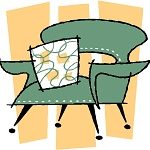 Claude Debussy has said that “music exists in the space between the notes”. Just like there is nothing worse than someone who never stops talking, improvisers often have the tendency to waffle a lot in an attempt to sound convincing. The artistic and communicational value of pauses has been discovered and documented in arts all around the world. It is so interesting that the actual pause used by stand up comedians to build tension is called “the beat”. A fair amount of pauses in the flow of any type of information is absolutely necessary as this seems to tally better with our natural rate of processing and evaluating incoming information.
Claude Debussy has said that “music exists in the space between the notes”. Just like there is nothing worse than someone who never stops talking, improvisers often have the tendency to waffle a lot in an attempt to sound convincing. The artistic and communicational value of pauses has been discovered and documented in arts all around the world. It is so interesting that the actual pause used by stand up comedians to build tension is called “the beat”. A fair amount of pauses in the flow of any type of information is absolutely necessary as this seems to tally better with our natural rate of processing and evaluating incoming information.
By using space and silence creatively when we improvise we have much better chance of engaging our listeners and drawing their attention. Silence is the absolute expectation and tension builder. A pause is also the best way to underline and emphasize a musical statement as our brain needs time to internalise and process information. Moreover, by pausing while improvising on a progression we earn ourselves time to look ahead and generate new ideas. As a general rule i believe we should pull back and never exaust our improvisational resources. It is always better to be on the less side making listeners want more, instead of providing them with a tiring overflow of information.
Dynamics
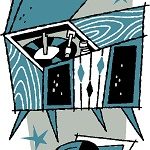 I could find no quote that caught my eye on the importance of dynamics in music, so here is mine: “improvising with no dynamics shows ignorance for the nature of sound itself”. Sound is made of waves traveling in the air so it makes perfect sense to deliver our music in a similar manner. There is nothing more boring and tiring than a flat, robotic flow of sound information, something that can be really fatiguing especially over longer periods of time. Top sound engineers insist that setting volume levels alone is the first crucial step towards great mixes. It is therefore a good idea to fine tune our dynamics and go beyond that bulk way of playing either soft or loud or even worse, just loud.
I could find no quote that caught my eye on the importance of dynamics in music, so here is mine: “improvising with no dynamics shows ignorance for the nature of sound itself”. Sound is made of waves traveling in the air so it makes perfect sense to deliver our music in a similar manner. There is nothing more boring and tiring than a flat, robotic flow of sound information, something that can be really fatiguing especially over longer periods of time. Top sound engineers insist that setting volume levels alone is the first crucial step towards great mixes. It is therefore a good idea to fine tune our dynamics and go beyond that bulk way of playing either soft or loud or even worse, just loud.
By creating patterns of change in volume when we improvise we add emotional content and feeling to our music. Shaping the contour of our improvisations creates contrast and drama. In my experience musicians who handle dynamics with mastery are good listeners and exhibit a high level of musicianship. Intelligent use of dynamics can be responsible for some hair-raising interaction between musicians. If we visualise our playing like a waveform having crests and troughs then subtle and dramatic differences in our sound production can emerge. These will potentially make our improvisations more elegant and impressive.
Studying and decoding jazz harmony is a never ending pursuit and it should not keep us from advancing our skills in improvisation. Repetition, pauses and dynamics will instantly make our playing sound more structured, effortless and harmonically forgiving, because they are deeply intertwined with artistic creation and communication.
